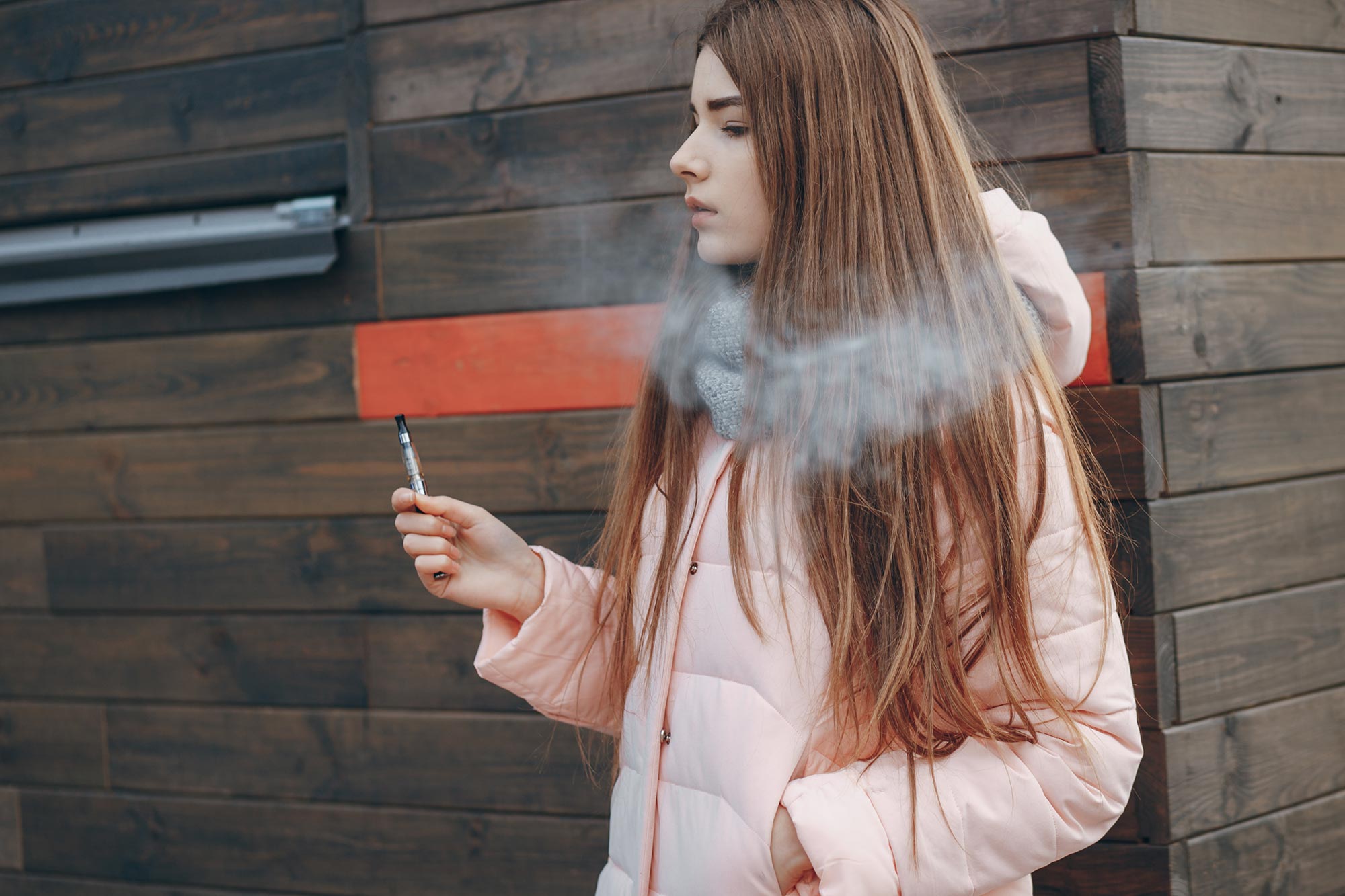United States: In a recent incident that took place in America, a teenager has been reported to have suffered an oddly named disease known as “popcorn lung”, a disease that he had allegedly developed after vaping in hiding for three years.
What is the “Popcorn Lung” condition?
Formally detected as bronchiolitis obliterans, popcorn lung is a condition characterized by an irremediable and serious disease that affects the small air tubes of the lungs, thus causing prolonged coughing and wheezing, fatigue, and short breath.
The name “popcorn lung” emerged in the first decade of the 21st century when a few workers of a microwave popcorn factory developed a lung problem due to inhalation of a chemical called diacetyl -the same ingredient that gives popcorn its rich, buttery taste.
Diacetyl or 2,3-butanedione is a flavoring agent that becomes a toxic inhalant once it is aerosolized, scitechdaily.com reported.
It leads to inflammation and scarring of the bronchioles (the smallest branch in the lungs), thus making it harder for air to pass as time goes by. The result: permanent, often disabling lung damage.
Vaping’s Legal Loopholes and Hidden Threats
Diacetyl is formally outlawed in e-cigarettes in the EU and UK, yet not in the US and other jurisdictions.
And there are the illegal vapes that may not follow the regulations, it is common too.
Another toxic chemical that can trigger the popcorn lung is the volatile carbonyls, such as formaldehyde and acetaldehyde, both of which have also been identified in e-cigarette vapours.
Popcorn lung bears no cure. Only symptomatic treatment is possible when the lungs are damaged.
This could range from the use of bronchodilators, steroids, and in severe cases, lung transplantation.
Inhaling the Unknown is a threat
Prevention, therefore, and not treatment, is the best and only defense. And still, for young vapers, prevention does not seem all too simple.
Vaping is particularly popular among teenagers and adolescents, which may be attributed to the thousands of vape flavours, ranging from bubblegum to cotton candy and mango ice.
However, such fruity, candy-like flavors come at a cost of chemicals. Although nicotine is present in e-liquids, a chemical cocktail targeting the users’ needs is also contained in them, scitechdaily.com reported.
Most of these flavor agents are approved for use in foods. That does not make them safe to inhale.
Here’s why that matters: Eaten chemicals pass through the digestive system and are then detoxified by the liver before they get into the blood.
That journey minimizes their possible harm. However, when chemicals are inhaled, they entirely go beyond this filtration system.
They go right into the lungs – and then straight into the bloodstream and into vital organs, like the heart and brain, within seconds.
Those are the reasons why the original popcorn factory cases were tragicomedies. Eating butter-flavored popcorn? Totally fine.
Breathing in the buttery chemical? Devastating.
It is even a murkier situation with vaping. Although diacetyl is not contained in each vape, its substitutes – acetoin and 2,3-pentanedione – might be equally as harmful.
The experts predict that there are over 180 different flavoring agents in e-cigarette products today.
When heated, a lot of these chemicals decompose to form new compounds, some of which have never been tested for inhalation safety.
That’s a major concern. Although the extent of risks is unknown, there is a history of medically declared cases of those who got popcorn lung after vaping.
Since the lungs of the vapers are exposed to a large number of chemicals, it is impossible to assign the direct-causing role of diacetyl for the disease in a particular case.
That does not take away from the proven dangers of inhaling it, though.

















+ There are no comments
Add yours